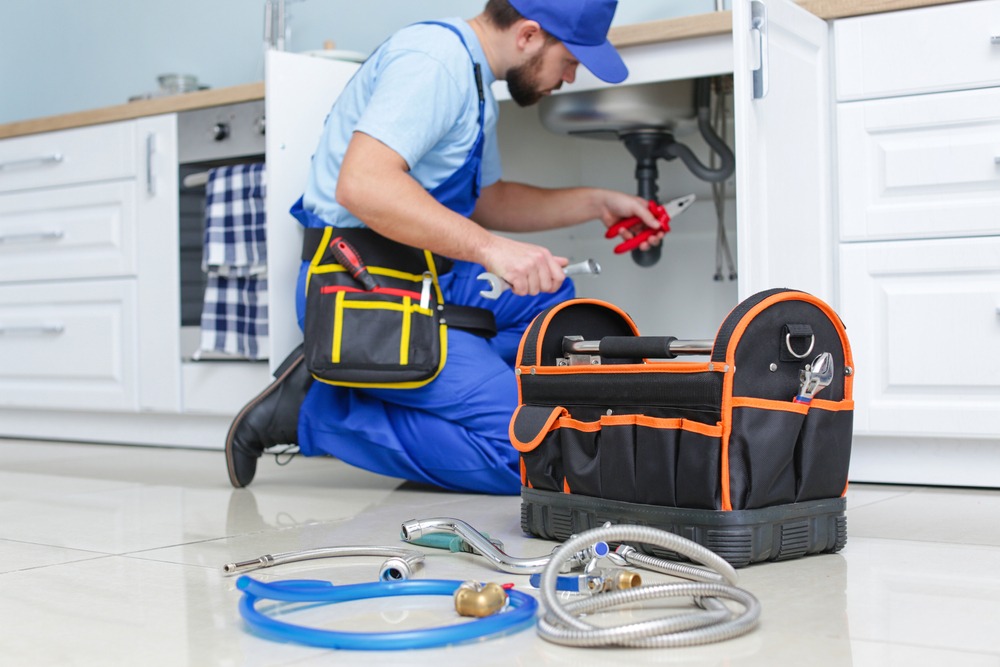Premier Plumber Alabaster AL Ready to Serve You Anytime
Premier Plumber Alabaster AL Ready to Serve You Anytime
Blog Article
A Step-by-Step Guide to Effective Hot Water Heater Setup for Optimal Efficiency
Getting started on the task of mounting a water heater is an endeavor that demands precision and an organized strategy for attaining optimal performance. As you continue, the details of connecting water supply lines and setting up reliable electric or gas connections await, promising insights into making sure performance and dependability.
Picking the Right Hot Water Heater

Following, consider the size and capability of the hot water heater. It's crucial to analyze your house's warm water requirements, which can differ based on the number of residents and their use patterns. A system that's as well small might lead to not enough warm water, while an oversized design could result in unneeded energy consumption.
Efficiency rankings likewise play a critical function in option. Seek water heaters with high Power Variable (EF) scores, showing premium performance and minimized energy use. Tankless designs, though commonly more pricey in advance, deal substantial power cost savings over time as a result of their on-demand heating abilities.
Preparing the Installation Area
Prior to installing a brand-new water heating unit, thorough prep work of the installation area is vital. It's vital to measure the space very carefully to fit the water heating system's measurements, making certain sufficient clearance around the device for efficient operation and maintenance.
Examine the flooring for security, as the water heating unit will certainly require a solid, degree surface area to operate effectively. If necessary, mount a drip frying pan under the unit to capture prospective leakages or spills, stopping water damage to the surrounding area.
In addition, ensure that all necessary devices and products are on hand prior to starting the setup. This includes items such as wrenches, screwdrivers, a degree, and any added hardware required for protecting the heating system and placing. A well-prepared installment area sets the foundation for an effective hot water heater configuration, optimizing efficiency and safety.
Connecting Water Supply Lines
When attaching water lines to your newly installed water heating system, it is vital to make certain that all links are leak-free and safe to keep efficient operation and avoid water damages. Begin by determining the cool and warm water lines. The cold water inlet is usually marked with a blue label or a "C", while the warm water outlet is noted with a red label or an "H".
Usage versatile water heating unit ports to help with a much easier installment procedure. Prior to connecting the connectors, position a plumbing's tape around the threaded ends of the water heating system's inlet and outlet pipelines.
When links remain in place, gradually activate the major water system shutoff. Evaluate each link for leaks by visually really feeling and inspecting for moisture. Tighten up connections as necessary, and ensure the pressure safety valve is properly mounted, securing versus too much stress build-up.
Setting Up Electrical or Gas Connections
Properly setting up the electrical or gas links for your water heating system is an important step to make certain safe and efficient procedure. For electrical water heating systems, start by validating that the electric circuit is suitable with the heater's voltage and amperage needs.
For gas water heating systems, safety and security is paramount. Link the gas line to the water heater making use of a flexible gas port, guaranteeing it is properly threaded and sealed with pipe joint compound or Teflon tape ideal for gas links.
When connections are made, check for any type home of possible leaks. For gas lines, apply a soapy water remedy to the joints; bubbles indicate a leakage. For electrical connections, double-check that all electrical wiring is safe and secure and appropriately insulated, keeping compliance with neighborhood electric codes.
Changing and evaluating for Efficiency
With the electric and gas connections safely in area, the next step is evaluating the operational efficiency of your hot water heater. Begin by very carefully activating the supply of water and ensuring there are no leakages at any one of the joints or valves. Once confirmed, proceed to fill up the storage tank, taking notice of the stress and temperature level setups. It is a good idea to set the thermostat to a suggested temperature of around 120 ° F(49 ° C) to balance power efficiency and comfort.
Following, perform an extensive assessment to guarantee the burner or burner are working correctly. For electric heaters, utilize a multimeter to confirm if the elements are drawing the appropriate present. In gas models, observe the burner flame; it must be blue and constant, showing effective burning.
Readjust the settings as necessary to eliminate ineffectiveness. Consider carrying out insulation measures, such as adding a hot water heater blanket, to additionally boost performance by decreasing warm loss. In addition, check the anode rod's condition, as a shabby rod can minimize effectiveness and cause container deterioration.
Conclusion
Efficient water heating system installment is vital for ensuring optimal performance and power financial savings. Safely linking water supply lines and very carefully setting up electric or gas links minimize prospective concerns.

Effectively establishing up the electrical or gas connections for your water heating unit is an important action to ensure reliable and safe operation. For electric water heaters, begin by verifying that the electric circuit is suitable with the heating click here now unit's voltage and amperage requirements. Connect the gas line to the water heating unit utilizing a flexible gas connector, guaranteeing it is correctly threaded and secured with pipeline joint compound or Teflon tape appropriate for gas links.
Report this page